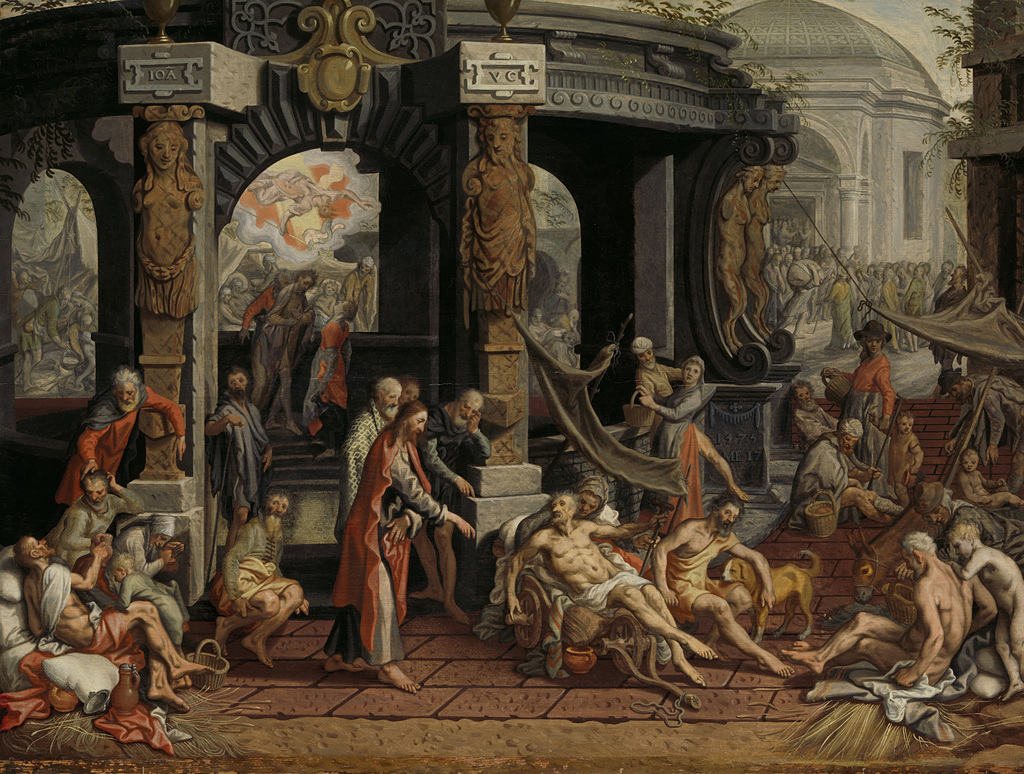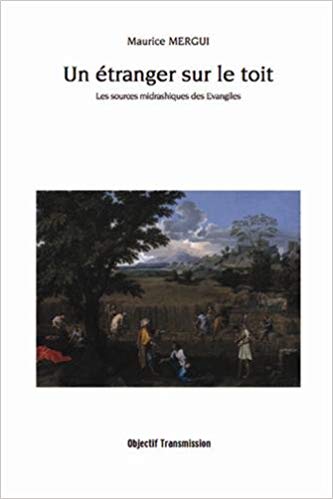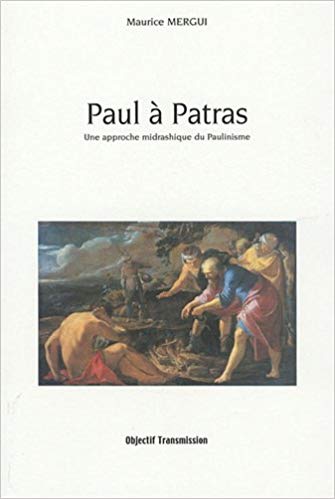 Continuing from the previous post, discussing Nanine Charbonnel’s Jésus-Christ, Sublime Figure de Papier . . . .
Continuing from the previous post, discussing Nanine Charbonnel’s Jésus-Christ, Sublime Figure de Papier . . . .
I stopped short in my last blog post when I came to NC’s comparison of the gospels with the OT books of Esther and Ruth. I complete that little section here.
The gospels are about “the end times”, as we saw. But they obviously do not employ the “end times” style of apocalyptic literature. If they have any models they are more like Esther and Ruth — two books that NC associates with “midrash”, with the “perfect illusion of historicity”. The words of Maurice Mergui in Paul à Patras are quoted. To get some helpful context I translate/paraphrase somewhat more than NC uses:
We have been examining the hypothesis of midrash. According to this hypothesis, the Gospels (including the Johannine and Pauline corpora) are midrashic elaborations that yield no basis for any historical content. This hypothesis comes up against a frequent objection. Jewish midrash usually looks like a quotation of biblical text linked to commentary. The gospels obviously do not have this form. They are narratives that look very much like historical accounts. Paul’s letters certainly have no equivalent in Jewish midrash. Therefore, the objection goes, the midrashic theory for this NT literature should be rejected.
The first objection (that midrash is inconsistent with narrative forms) falls apart when we notice that midrash does indeed know how to create forms very like narratives while giving a perfect illusion of historicity. Two examples are the books of Ruth and Esther which are “real marvels” of this register. . . .
Look at what the redactor of Esther does. He goes through the eschatological cycle. He finds a new way of relating the coming of the messiah at the climax of a crisis. This story must be told over and over in different ways so as not to let the messianic idea be lost, become empty and disappear. The story of Esther confronts readers with their own reality of the absence of God and messiah (God does not even appear in the story), of a life of exile, suffering and violence, a the real possibility of losing all messianic hope. The same story idea — the rescue at the moment of peak threat — is told anew. The story speaks of exile, of conspiracy against the Jews, the impossibility of approaching the king, the pagan festival — the story is one of “ultimate test”. Similarly with Ruth, we read again: famine, exile, union with pagans, impossibility of having a son (a messiah) — but then miraculously at the end we find the appearance or light of the messiah. In these narratives we find the messiah making his rescue at the moment of extreme tribulation.
NC’s point in citing Mergui is to stress the capacity of midrash to create a narrative illusion of being fully immersed in real events.
I think that the messianic references seen in the OT stories are overstated. The theme of Esther is surely the victory of God in the last days as he rescues his people from the brink of extinction. Messiahs sometimes appear in such narratives, perhaps, especially in the extracanonical ones, but they are optional to the central theme. Sometimes the central figure is a “Servant”, or a “Son of Man”, and sometimes these figures will evolve into or be conflated with a messianic figure. Some of us might even wonder if there is room for a new term to describe the type of “midrash” Mergui and NC speak of. But these are peripheral issues to the central arguments.
Careful readers would have noticed Mergui’s reference to the letters of Paul in the same discussion. Thomas Brodie, I think, would be most interested in Mergui’s discussion of Paul. Brodie and Mergui deny the historicity of the “Paul” behind the letters. The Paul we implicit in the correspondence is a literary persona. Mergui compares him with Moses and sees several recurrent themes in the letters to support this “midrashic” interpretation. But again, that’s another story. I’ll try to keep working on NC’s book for now.
Charbonnel, Nanine. 2017. Jésus-Christ, Sublime Figure de Papier. Paris: Berg International éditeurs.
Mergui, Maurice. 2015. Paul à Patras: Une approche midrashique du paulinisme. Objectif Transmission. Kindle Edition.





